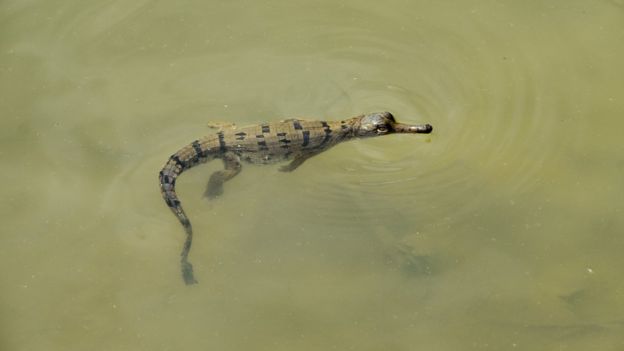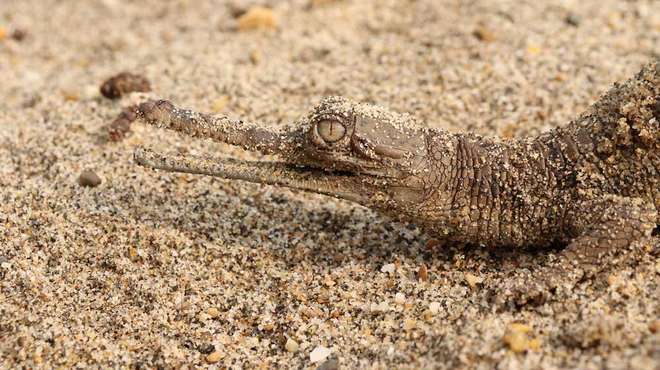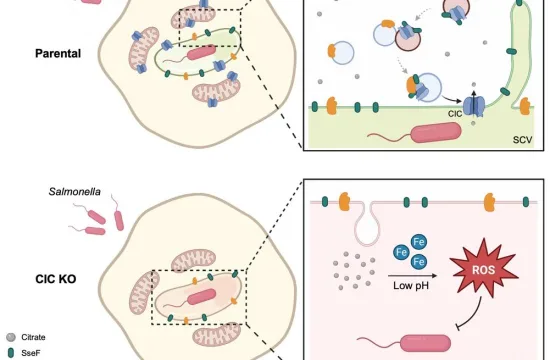|
Getting your Trinity Audio player ready...
|

Critically Endangered gharial crocodile found breeding in South West Nepal for first time in 37 years.
According to news release by Zoological Society of London, ZSL EDGE conservationists discover first successful nesting and breeding site of gharial crocodiles in Bardia National Park of Nepal.
New hope for the Critically Endangered gharial crocodile has been declared, after conservationists from ZSL and Biodiversity Conservancy Nepal discovered more than 100 hatchlings in Bardia National Park in South West Nepal this year.
Gharials (Gavialis gangeticus), ranked #17 on the EDGE Reptiles list, are primitive and bizarre in appearance – with extremely long slender snouts and disproportionately sized heads to bodies, they are unmistakable but also severely threatened.
With fewer than 100 adults remaining in Nepal, several fragmented populations in India and virtually extinct across the rest of their former range – they are among the world’s most endangered reptiles, Researchers said.
Rikki Gumbs, ZSL EDGE of Existence PhD Researcher, said; “Understanding whether gharials were breeding in Bardia National Park was considered to be a top priority for the species, as upcoming plans to divert nearby river systems – which would likely have an impact on the habitat and quality of the river for gharial, are currently underway.
The dramatic declines seen in gharials were initially caused by river modification with dams and barrages fragmenting habitat, and as accidental bycatch when they drowned in fishing nets. Over-hunting for skins and egg collection were also major issues.
In the last 50 years, Nepal has lost almost twice as many freshwater species than terrestrial species – but this is not an issue only for Nepal, this is a phenomenon seen around the world, occurring at an astonishing rate.
Ashish Bashyal, Project lead and National Geographic Photo Ark EDGE Fellow based in Nepal said: “After trekking through the jungle for hours to sit on a ridge and finally catch a glimpse of the hatchlings below us – it was an incredible moment to capture. At around 30cm in size, they look exactly like miniature versions of adult gharials – so incredibly cute.

“People generally have a great affinity for gharials, they don’t attack humans as they generally feed on fish – and their snout is much too fragile. We want to try and harness that love for the animal into local community conservation action in order to help monitor how the hatchlings fair.
According to news release, Communities around National Parks in Nepal also face their own challenges, however, with hundreds of thousands of people heavily dependent on natural resources for their day-to-day lives, relying on fishing for their livelihoods and food. However, fish stocks are slowly being depleted, impacting both gharial and local people.







